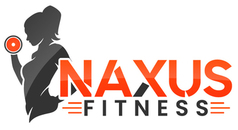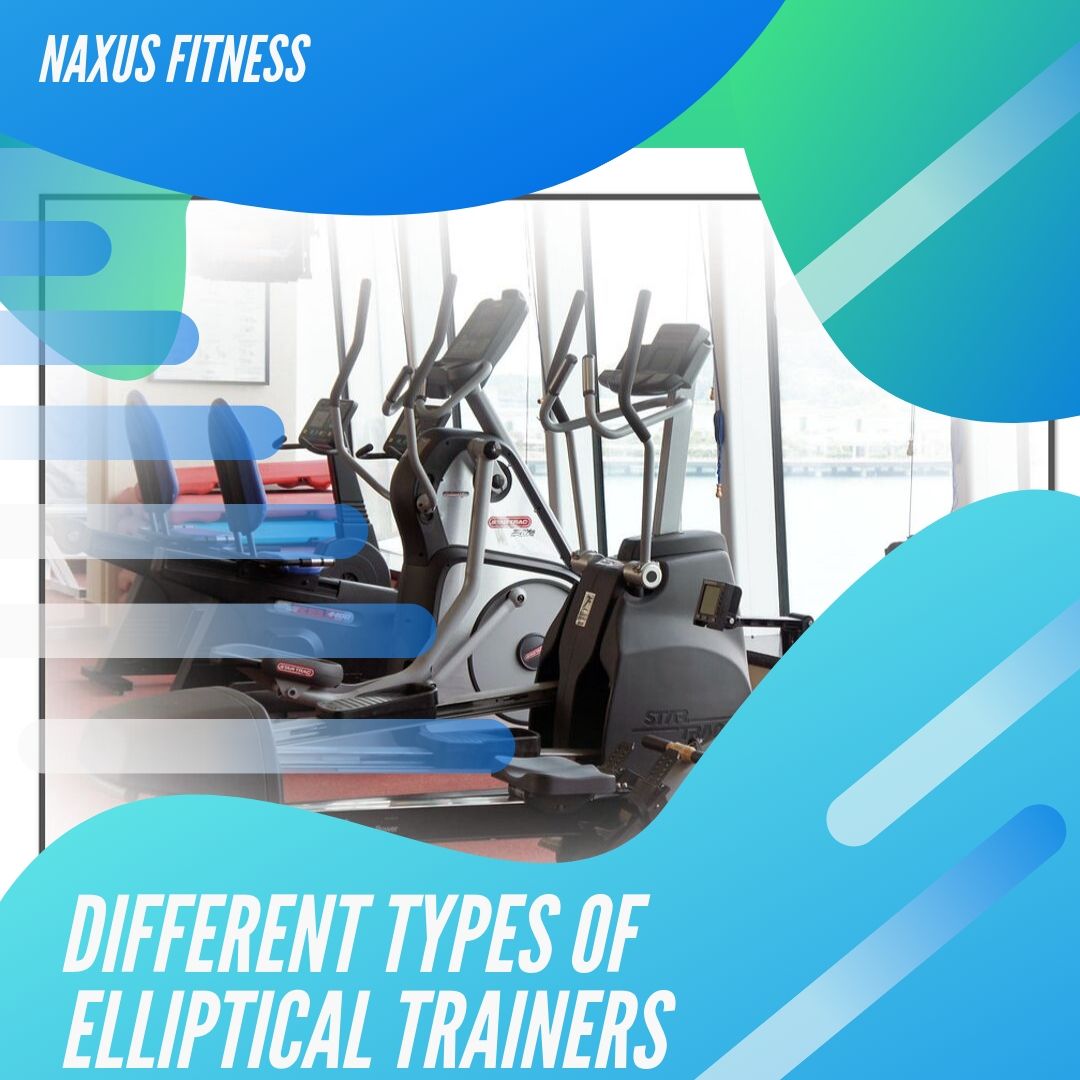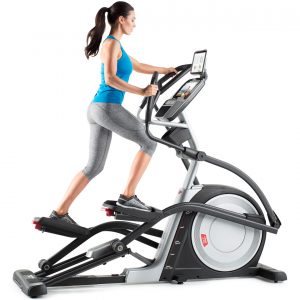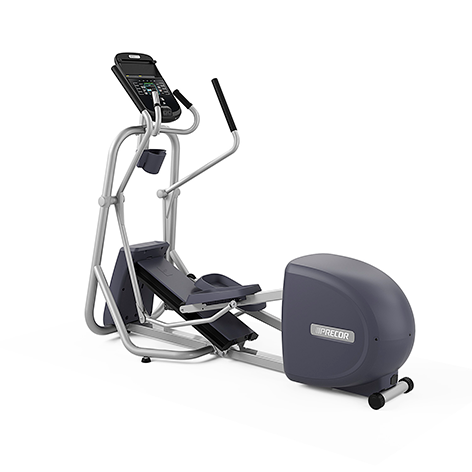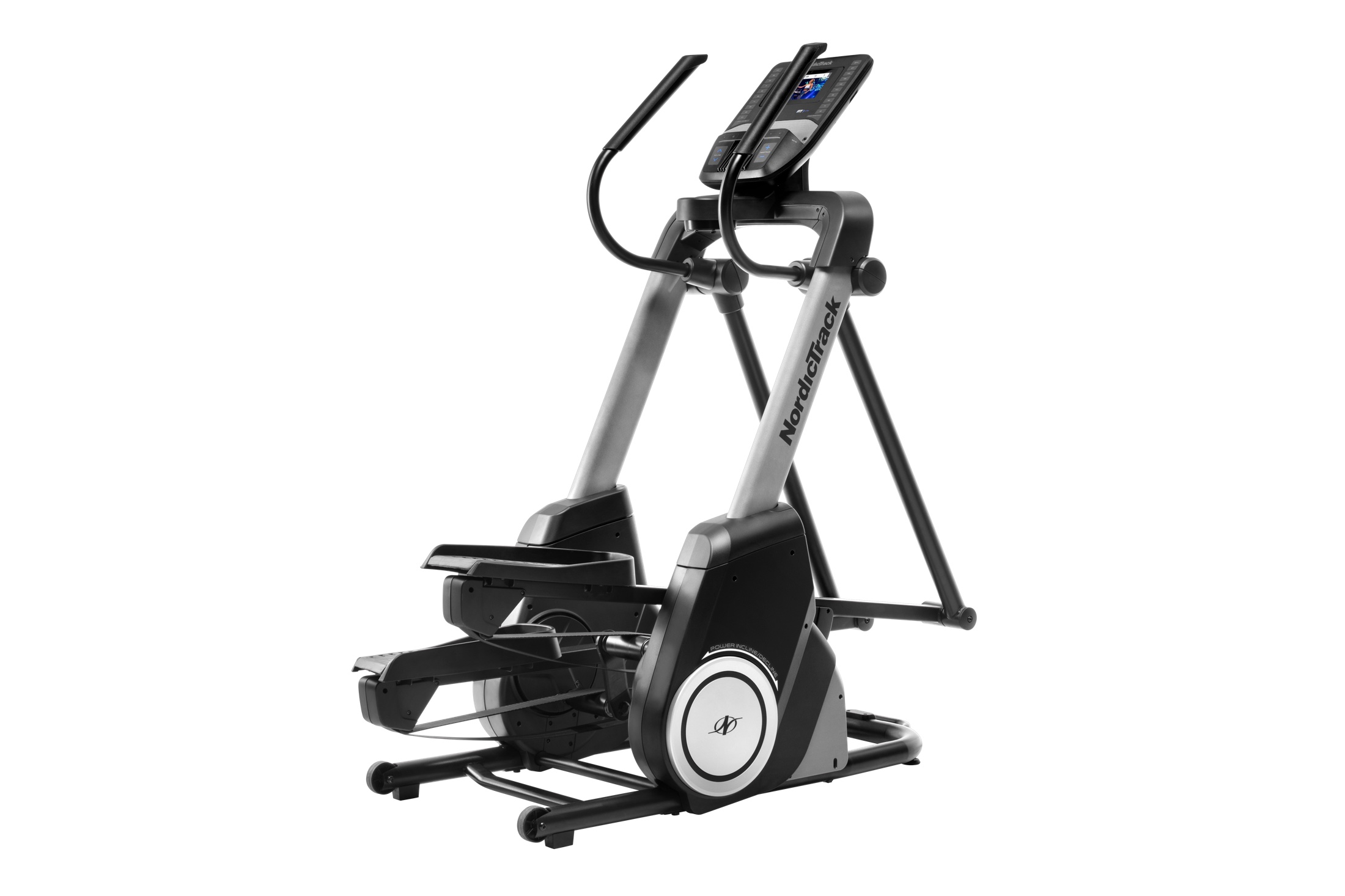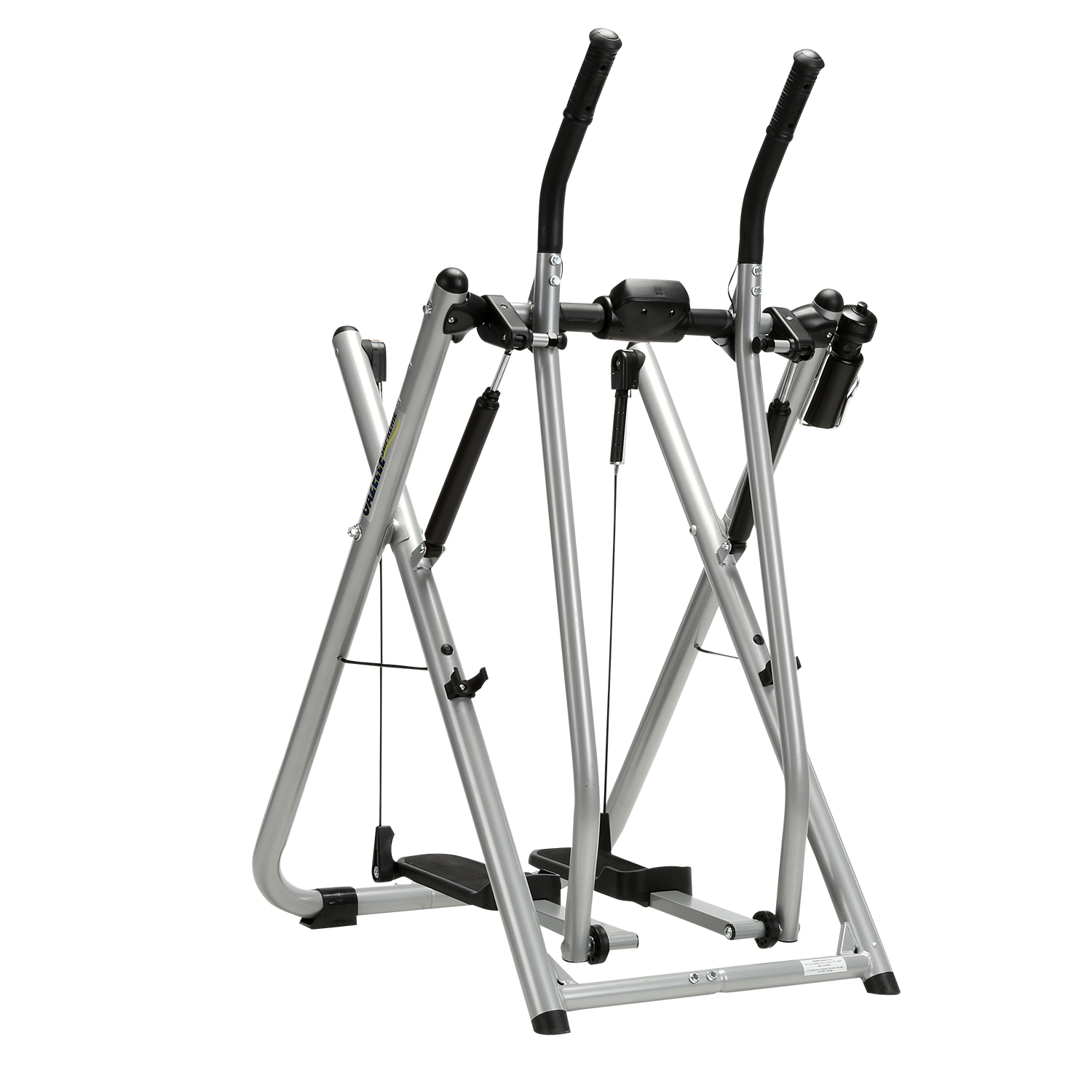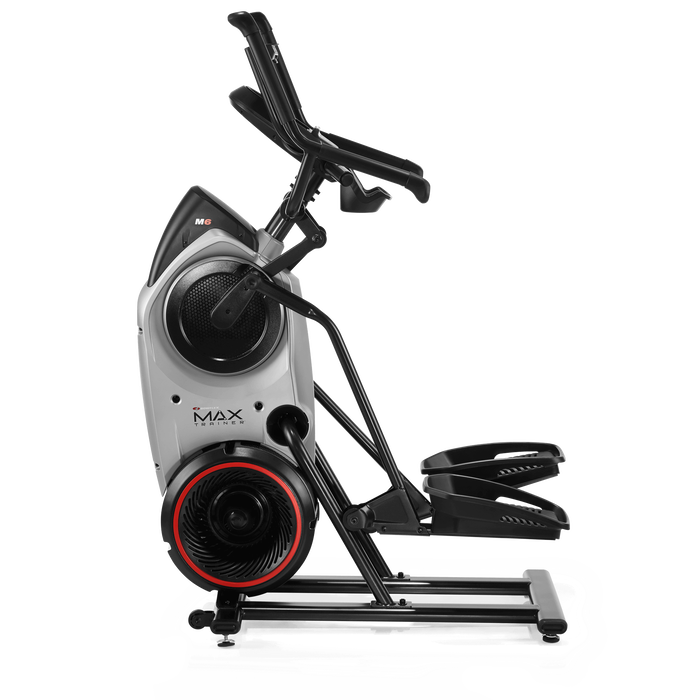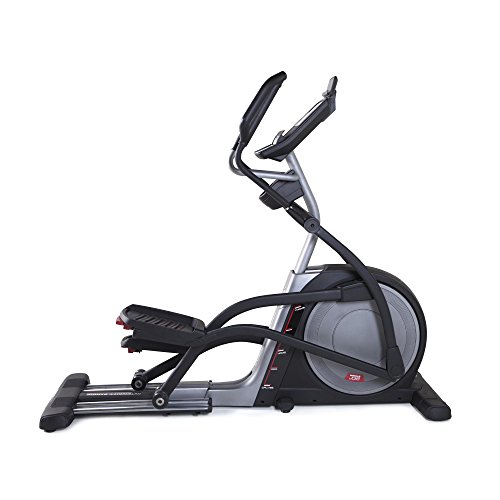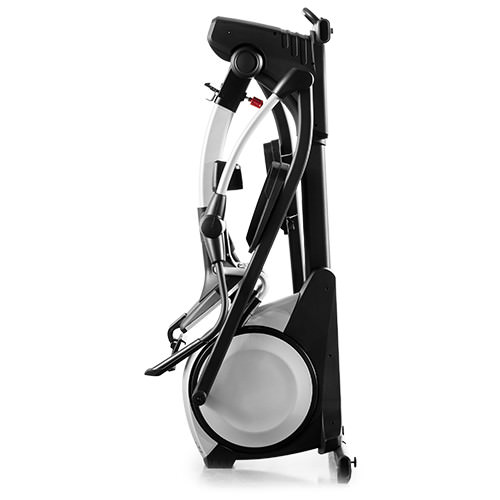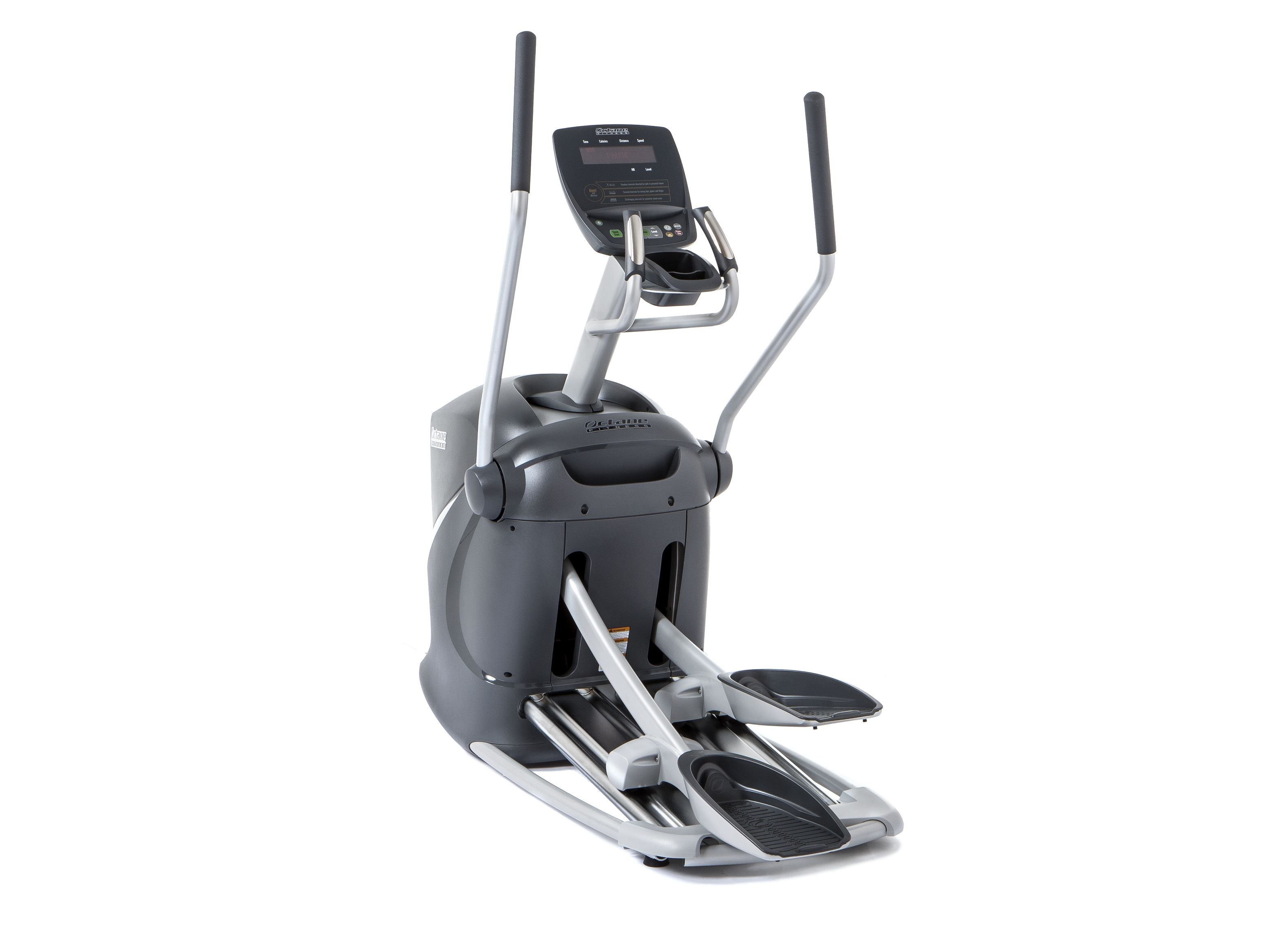Different Types Of Elliptical Trainers Explained | What Are The Best Ones For You?
If you have ever used an elliptical trainer in your life, then you know just how smooth and fluid they feel. None of the jarring motions associated with the treadmill, yet with equal or more effectiveness when it comes to working your body. They provide no impact training that is easy on your knees and joints, and improve your health in the long run.
Elliptical trainers derive their name from the ellipse shape in math (it looks like an elongated oval). Any point on the bar, in this case, the foot pedals follows a path that resembles an ellipsis. That is the same path that your feet follow when walking or running. Go ahead, take a moment and test it yourself. Imagine the motion of your ankle when you’re running.
This means that exercising with an elliptical trainer feels natural but with a few added perks. For one, their smooth motion and full-time contact with the pedal means that there is no associated impact, which makes them very friendly for the joints and bones. Second, most come with a range of features that allow you to not only work your lower body but the upper and the arms as well. If you are considering getting an elliptical, but don’t know what to look for and feel a little overwhelmed about all the options available, this article will remove doubts you might have about the different types of trainers, and what are the benefits of each one.
There are several types of elliptical trainers on the market today. Although they all use this same principle, they have a few differences. There are:
- Front drive elliptical trainers
- Rear drive elliptical trainers
- Center drive elliptical trainers
- Elliptical gliders
- Compact/foldable elliptical trainers
- Standard elliptical trainers
- Elliptical cross-trainers
These are the major types of elliptical trainers. There are a few more that will get a mention, but they all fall within these major categories.
For users who intend to have it installed in constrained spaces, this would be a valuable consideration, and you will find that most foldable elliptical trainers are front-drive. They are also cheaper in comparison with the other types.
Front drive elliptical trainers have one main disadvantage, which is maintenance. They use roller tracks or rails which require regular cleaning. They also tend to wear out with time and may require replacement, which may put off some people.
However, rear drive elliptical trainers do tend to be more costly than their counterparts. This is because the rear assembly of the flywheel requires more complicated mechanics. They also come with a ramp lever with either manual or automatic slope adjustment which makes both production and assembly costly. However, once this is done then they are good to go for many years without much attention.
Even though their price is comparatively higher, rear drive elliptical trainers continue to dominate the market. They give you a more natural, fluid walking or jogging motion. The possibility to change slope is also attractive as it means that you can change the resistance level to suit your needs.
Another perk of the center drive elliptical trainer is more stability. Since the two flywheels are found on both sides of the assembly, they contribute to its overall stability.
However, they do have an inherent disadvantage in that the design does not allow an incline. An incline is an optional feature found on both rear and front drives that consist of a ramp and adjustment to change the incline angle of the ramp. This is a feature that some users like because it lets them work more muscle groups.
Even more important, their motion does not cause any joint or muscle pain that can result from intense workouts with the other elliptical workout machines.
Elliptical gliders also have another big advantage: versatility. You can perform a wide range of exercises on them, from stretching, to jogging, to full out running and full body workout. You can do this by just adjusting your positioning on the machine. If you’re susceptible to injury, overweight, scared or just plain lazy, the elliptical glider is the best option for you.
If your goal is to get in shape, burn fat and get your cardio in check, then a standard elliptical trainer is all you need. It will cost you less, needs less maintenance and will likely come with a host of added features. For example, since your hands are stationary, you will usually find that they have pulse checkers, touchscreen functionality, inbuilt speakers for music and much more. Again it depends on what you want and what you’re willing to pay for.
Of course, all that functionality won’t come cheap, which may be the reason why you shy away. Depending on size, elliptical cross trainers can cost you a pretty penny. They usually come in sizes because not everybody may be able to reach the handles or handle the resistance, so there are some for short people, tall people, and big people.
While they are more expensive, the ability to work the whole body at once is well worth it. For most people, this may be enough for general exercise and they do not need to purchase any more equipment. This is also the reason why they’re so popular with gyms and spas.
Normal elliptical trainers are large, cumbersome machines that eat up a lot of space. If space is a premium for you, then you need a trainer with as small a footprint as possible. This comes to you in two forms: Foldable cross trainer, and the compact cross trainer.
However, they also tend to be very affordable and are a perfect fit for anyone who wants something to help them remain active without a lot of investment.
As you can see, there are many types of elliptical trainers. There are even some on which you can sit, called recumbent cross-trainers.
Your particular situation determines which elliptical trainer is good for you. All of them are amazing machines that can help you keep strong, lose fat and keep in shape. It’s just that some are better designed, bigger and durable, have more features and hence more expensive. Finding the perfect cardio machine for you fitness needs is not easy. The importance of doing propper research is major. So, understanding all the idiosyncrasies each type of elliptical has will help you in the long run, and the best value for you money, because at the end of the day it is very easy to make a quick buy that will only get dust around the house
At the end of the day, you just need to make sure that you get something that motivates you to get on it and exercise, and maintains you focused on you fitness goals.
